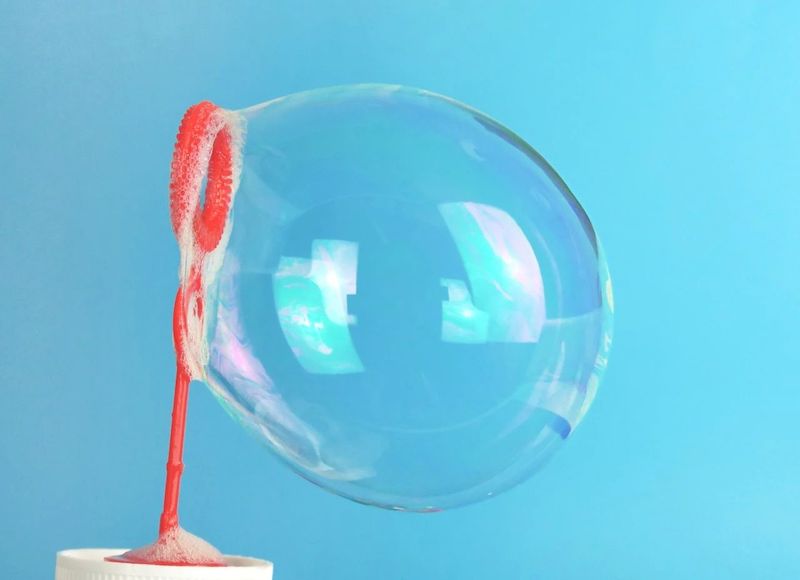
How does foaming hand soap produce more bubbles?
2023-10-02 22:00How does foaming hand soap produce more bubbles?
When we were children, we often used a tool with a closed circle to blow bubbles. Its function is to spread the liquid into a thin film in the space, so that people can blow air into the thin film to stretch it. Then relying on the surface tension of the liquid, the stretched film tightens and closes spontaneously, forming bubbles. By analogy, in order to produce more bubbles and improve the efficiency of mixing air and liquid when blowing bubbles, people have adopted the most direct method, which is to increase the number of circles. The more closed circles you have, the more bubbles you can create.
There are also bath flowers we use when taking a bath and sponges we use for washing our faces. Their dense mesh or porous structures also play the same role, which is conducive to the complete mixing of liquid and air, thereby forming fine foam. The same is true for the foaming bottle, which can quickly mix air and liquid. If we open the hand pump head of the foaming bottle, we will find that the secret is also a mesh structure - the screen.
In recent years, foam pump heads have been highly utilized, and the expanded air chamber at the throat is the key to generating foam. When you release after the first press, a low pressure is formed on the top of the pump head, air enters the air chamber, and the liquid is also brought to the top of the pump head. When pressed for the second time, the air pressure in the air chamber increases, and liquid and air enter the screen on the pipe, thus blowing out bubbles. The smaller the screen, the smaller the bubbles blown out and the more delicate the foam.

Speaking of which, do you understand the knowledge related to bubbles? It turns out that the generation of bubbles is inseparable from surfactants; it turns out that the secret to generating more bubbles is the network structure.
Review|Li Erxi, Ph.D. in Biomedical Engineering, Southern University of Science and Technology
